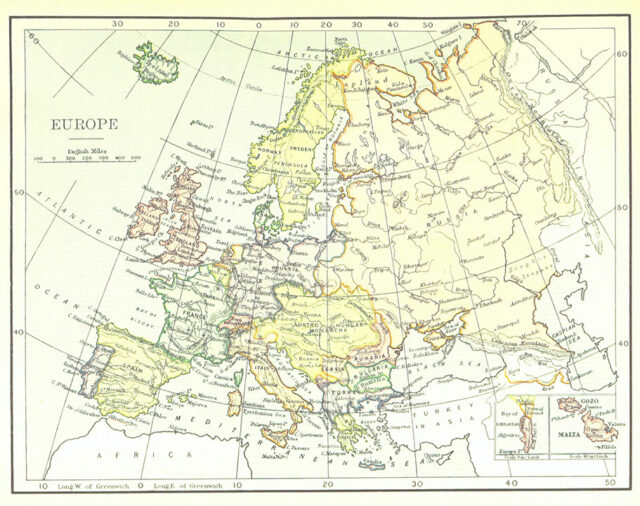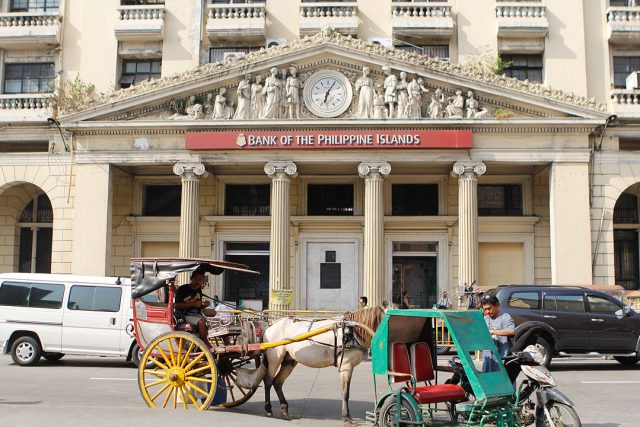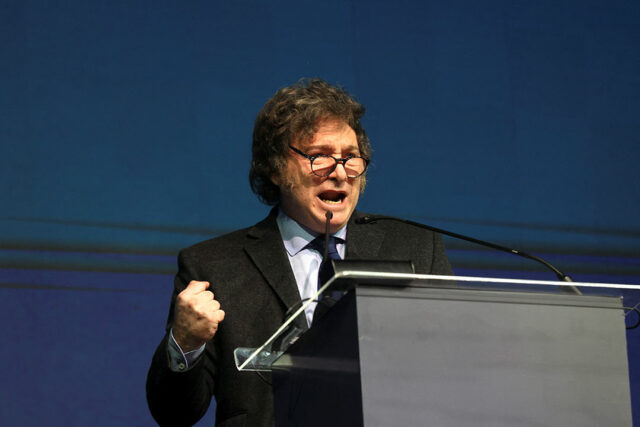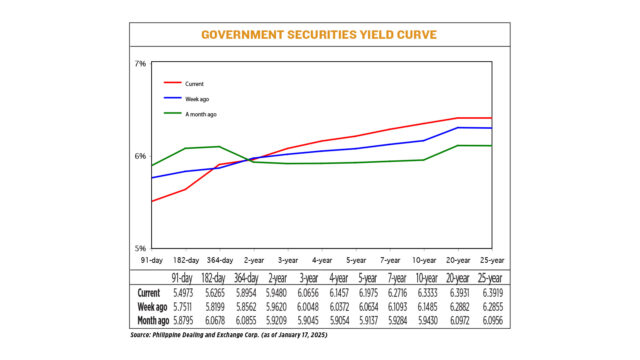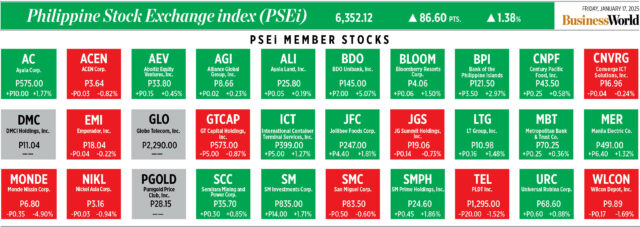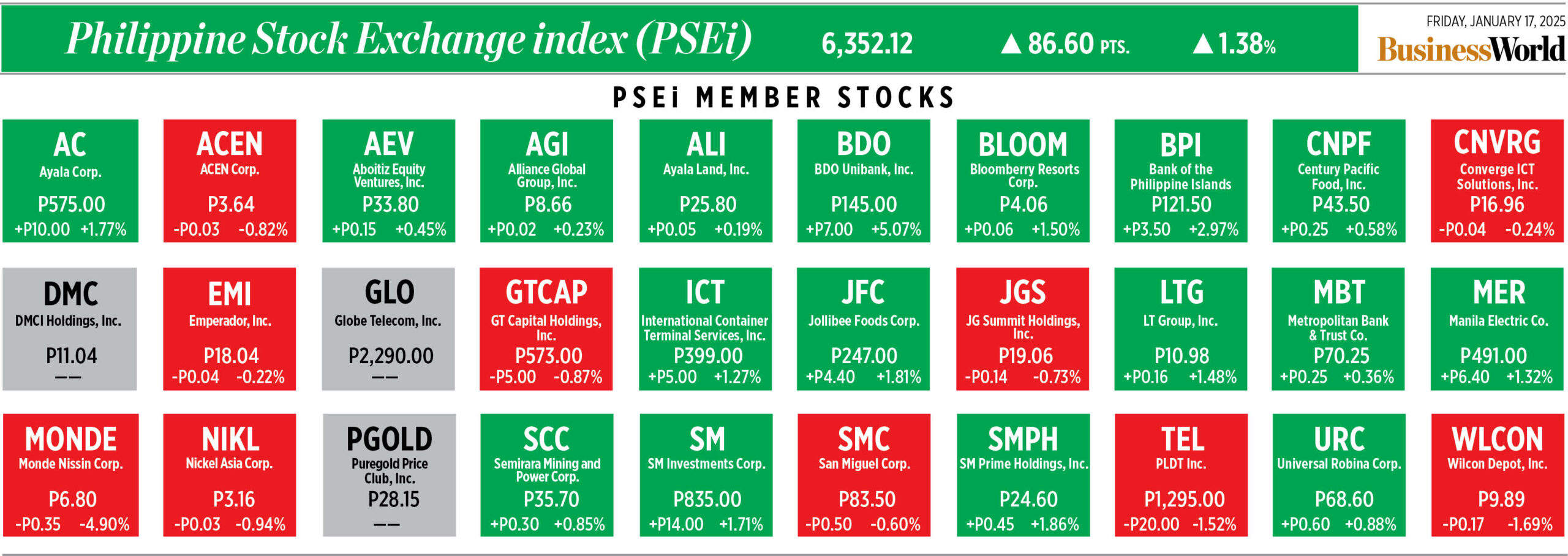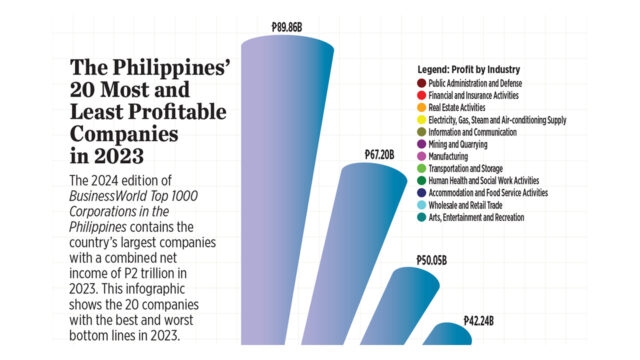Europe, don’t bow to Trump on tech
HE HASN’T taken office yet, but the potent influence of President-elect Donald Trump may have already extended from Silicon Valley to Brussels.
Just days after Mark Zuckerberg said he would shut down fact-checking for American users on Meta Platforms Inc., an obvious placating move to Trump, the European Commission has said it’s “assessing” investigations into the market dominance of Apple, Inc., Alphabet, Inc. and Meta.
Confirming any information in Brussels is often a messy endeavor. “There is no such assessment taking place,” a spokeswoman for the commission told me. But at a press conference on Tuesday, another representative said “there may be a political reality that puts pressure on the technical work,” in response to questions about Trump.
Of course there is. It would be foolhardy for Europe’s antitrust cops to ignore what’s happening on the other side of the Atlantic. Among other things, Trump has threatened the region with tariffs, and Zuckerberg has accused the EU of “screwing with” US companies and urged the incoming president to stop the bloc’s fines and new standards.
But there’s a reason why this is in the news. Read between the tea leaves and it seems there’s concern in Brussels that its new antitrust officials* won’t hold the line and enforce the quick and blunt regulatory tools given them by the new Digital Markets Act (DMA), which came into force in January. The Financial Times first reported the assessments on Monday, citing a senior official as saying that Trump’s election “was a factor.” That leak itself suggests worry.
At stake is the outcome of three ongoing cases against Apple, Alphabet, and Meta, all under the DMA. None have yet been fined, but there have been efforts to extract changes in behavior. That’s no bad thing. For years, fines have simply been a cost of doing business for the largest tech companies, and shareholders know it. When the US Federal Trade Commission imposed a $5 billion fine on Facebook in 2019, its stock went up.
But the commission is also working to change the more egregious behavior affecting its citizens. For instance, as part of its efforts with Meta, it has pushed the company to offer EU users an option to use Facebook without targeted advertising. Meta recently started providing that option — with a €12.99 ($13.34) subscription fee. That wasn’t good enough, the commission told Meta. There should be a version that better protects personal data and is free. In November, Meta agreed to lower that subscription price by 40%.
This was like pulling teeth, but it was progress. Europe’s previous antitrust cases against Big Tech took many years because they hinged on old, vague laws that put the burden of proof on the regulator. The DMA with its 22 concrete rules about market abuse was designed to allow the commission to move more quickly. And at a time when the biggest tech firms have copied the ideas of their competitors, absorbed their teams or found ways to lock customers into their ecosystems — often without much pushback thanks to their armies of lobbyists and lawyers — smarter tools for policing were sorely needed.
As the commission evaluates its cases, it must resist pressure to hold back on its enforcement plans. In 2023, Brussels officials said they might order a breakup of Alphabet. The idea was ludicrous not long ago, but the following year, the US Department of Justice made the same proposal. One must wonder if that could slide off the table, too, if the commission decides it’s politically expedient to roll back antitrust efforts.
That would be highly unfortunate both for businesses and the public. The EU has already shown it can yield real behavioral change, as seen with Meta’s concessions on ad-free access. With new leadership taking the helm in Brussels, backing down would signal that political pressure can impede its role of fostering market competition and protecting European citizens. That’s a message the bloc can’t afford to send.
BLOOMBERG OPINION
*The European Commission is in the middle of a leadership transition. Margarethe Vestager, who for years has been the EU’s top antitrust cop, is being replaced by Teresa Ribera. Henna Virkkunen is also taking the role of EU industry chief from Thierry Breton.

